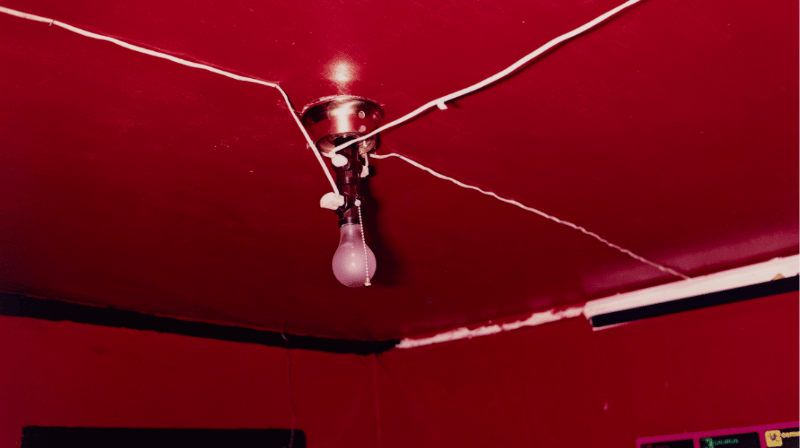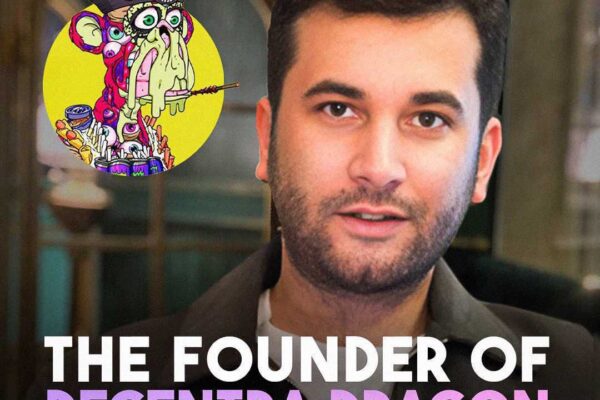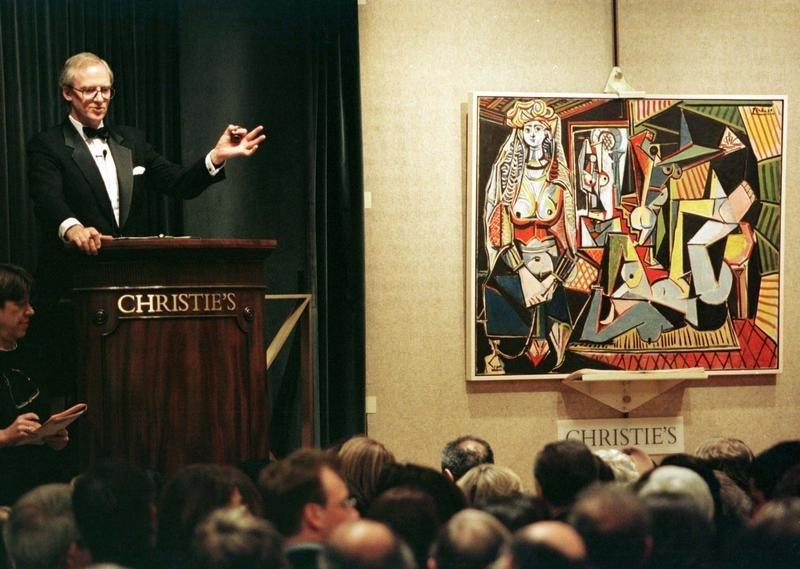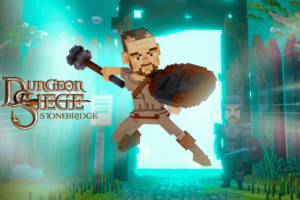Blockchain Technology Reshapes the Art World
Christie’s, a renowned auction house, is embracing blockchain technology. Consequently, this shift is transforming how art ownership and provenance are managed in the industry. As a result, collectors now have access to more secure and transparent methods of verifying their purchases.
Innovative Auctions Blend Tradition and Technology
In October 2024, Christie’s hosted two groundbreaking auctions. These events combined traditional physical art sales with blockchain-backed certificates. Furthermore, they expanded into Bitcoin Ordinals-based digital art auctions, showcasing the versatility of blockchain in the art market.
Blockchain’s Impact on Physical Art Sales
On October 2, 2024, Christie’s New York presented “An Eye Towards the Real” photography auction. Notably, this event introduced blockchain-based ownership certificates. As a result, collectors received immutable ownership records for their purchases. This collaboration with Kresus, a web3 wallet provider, marks a significant step in addressing authenticity concerns.
Digital Art Enters the Bitcoin Era
Shortly after, on October 10, 2024, Christie’s London featured “Ascend,” a digital artwork. This piece, inscribed on Bitcoin’s Ordinals protocol, marked a significant milestone. It was the first Ordinals-based artwork sold at a live auction, fetching £44,100. The sale demonstrates the growing acceptance of blockchain-powered digital art in mainstream auctions.
The Significance of These Events
These auctions demonstrate blockchain’s versatility in the art market. Not only does it enhance digital art sales, but it also improves provenance tracking for physical artworks. Therefore, this technology is addressing long-standing concerns in the art world, such as fraud prevention and ownership disputes.

Blockchain’s Broader Impact on Art
The integration of blockchain technology extends beyond just sales. It’s revolutionizing how artists create and distribute their work. For instance, the Ordinals protocol allows for more sophisticated and larger digital artworks to be created on the Bitcoin blockchain.

The Future of Art Auctions
As blockchain integration continues, it could revolutionize art ownership management. Christie’s recent auctions suggest that NFTs and blockchain-backed records may become increasingly important. Consequently, they might play a crucial role in shaping the future of art auctions, potentially attracting a new generation of tech-savvy collectors.
Challenges and Opportunities
While blockchain offers numerous benefits, its adoption also presents challenges. The art world must adapt to new technologies and educate both artists and collectors. However, the potential for increased transparency and security in art transactions presents exciting opportunities for the industry.
In conclusion, these events signal a potential resurgence of NFTs and blockchain-backed ownership in the art world. They offer new tools for collectors and reshape both digital and physical art markets, paving the way for a more secure and innovative future in art collection and ownership.

This information is published by the NFT News media team.











